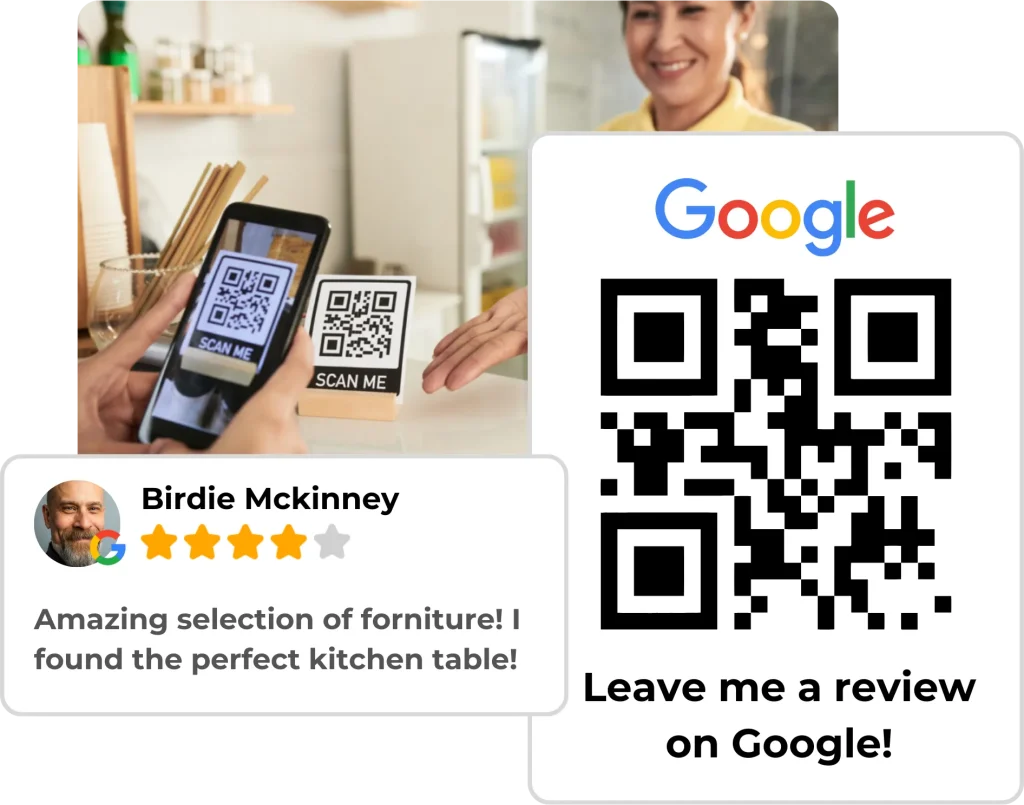The Goal of Any Business is to Win More Clients, More Often, More Easily.
Get Free Access NowDo you know why review management matters to the success of your business?
Your reputation online is your reputation in business.
Most people won’t call or visit before checking your reviews. If your business doesn’t have a steady flow of fresh, positive reviews, you’re losing enquiries to competitors who do.
That’s why we’re giving new clients free access to our Review Management Tool — the simplest way to collect, display, and benefit from real customer feedback.

Why Review Management Should Be One Of Your Top Three Marketing Strategies
Visibility
Greater Search Visibility
Stronger First Impressions Online
Wider Reach Through Social Proof
Revenue
Higher Conversion Rates
Competitive Edge That Wins Business
Lower Marketing Costs With Lasting Value
Trust
Built-In Client Confidence
Balanced Reputation Protection
Faster, Professional Responses
Review Management Statistics You Need To Know
Here’s what expert analysis from Forbes Magazine has shown:
read online reviews before contacting a local business.
Businesses with more than 9 fresh reviews
than those with fewer.
73% of people
after seeing positive reviews on Google or Facebook.
A single negative review can drive away
if it’s not handled well.
Responding to reviews
and boosts loyalty.
come from referrals and recommendations.
Reviews aren’t just nice to have.
They directly impact revenue, visibility, and trust.
What You Can Expect in 30–60–90 Days
- Your review request system is set up and running (SMS, email, WhatsApp, QR codes).
- First wave of review invitations sent to recent clients.
- Early positive reviews start appearing on Google and Facebook.
- You’ll see how easy it is to reply to every review from one dashboard.
- A steady flow of new reviews coming in weekly.
- Your Google Business Profile looks fresher, with new posts, photos, and more activity.
- Clients notice (and mention) your reviews when enquiring.
- Website visitors start engaging more with embedded reviews, building trust faster.
- Your business shows a significant lift in total reviews and star rating.
- Consistent positive reviews make you stand out in search results.
- You’ll have clear data: enquiries, calls, and website visits driven by your improved profile.
- The system feels natural and ongoing. You don’t chase reviews, they come in regularly.
- Most importantly, you’ll see that reviews aren’t just numbers, they’re delivering real ROI in new clients and revenue.
How Small Businesses Can Turn Reviews Into Their #1 Marketing Advantage
Every business lives or dies by reputation. Not by price, not by product, but by what people believe about you when they search your name.
Discover how to turn reputation management into your secret weapon for business growth.

How To Get Started With Review Management
Ready to Win More Business With Reviews?
Frequently Asked Questions
Here are five of the most commonly asked questions (with their answers) that businesses tend to search for when they’re considering starting to use a review management tool. I’ve written them in a friendly, natural tone (but professional). Happy to adjust if you want more for a specific industry, too.
What exactly does a review management tool do, and why do I need one?
A review management tool is software that helps you collect, monitor, respond to, display, and act on customer reviews across multiple platforms (Google, Facebook, Yelp, TripAdvisor, etc.). It centralises that whole process so you’re not jumping between sites, missing feedback, or letting negative reviews sit unnoticed.
Why you need one:
- It saves time and effort.
- Helps ensure reviews are coming in consistently.
- Gives you visibility over what customers are saying, both positive and negative.
- Lets you use reviews as proof of trust (on your website/social media) which builds credibility.
- Helps with search-visibility/local SEO: businesses with more reviews, good ratings, and responses tend to rank better in local searches.
How do I start collecting reviews without annoying customers?
Great question, because asking the wrong way or at the wrong time can backfire.
Here are some tips:
- Ask when the experience is still fresh (e.g. right after service or purchase).
- Use gentle reminders rather than strong pushes. Email/SMS works well if used smartly.
- Make it easy for them: include direct links, maybe QR codes, or pre-filled buttons.
- Incentivise subtly (without violating review platform rules) by showing how their feedback helps you improve.
Always thank them, respond and show you care. Even unhappy customers appreciate being heard.
Can using a review management tool improve my local SEO and visibility?
Yes, in many cases it can, and quite significantly.
Here’s how:
- Search engines (like Google) favour businesses with lots of recent, authentic reviews. They help build prominence, trust, and relevance.
- Responding to reviews (both positive and negative) signals to both customers and search engines that you’re engaged and trustworthy.
- Having consistent reviews across platforms, accurate business listings, and updated profiles helps with ranking in “local pack” search results.
- Displaying reviews on your own website helps too: good content, fresh updates, social proof, etc.
What happens if a customer leaves a negative review? Can a review management tool help with that?
Absolutely, and handling negative reviews well is often a big differentiator.
Here’s what a good tool can help you with:
- Filter or intercept unhappy customers: Some systems let you ask for feedback privately first so you can try to fix issues before they become public reviews.
- Alerts/notifications whenever a negative review comes in, so you can respond quickly.
- Templates or AI-assisted responses that help you maintain polite, constructive, on-brand replies without spending hours thinking of every response.
- Analytics that show patterns in complaints so you can address root causes rather than just treating symptoms.
Dealing with negative feedback well can actually build trust: people see you care and are taking action.
How much does this cost, and is it worth the investment?
This is one of the biggest concerns, and the short answer is: it depends on your size, how many locations you have, how many platforms you want to integrate with, and how much automation you want. But in most cases the benefit outweighs the cost.
Here are some cost considerations and ROI factors:
- Many tools offer tiered pricing: basic plans for single-locations or minimal features, rising up to advanced plans for multiple locations, better automation, analytics.
- Think of the costs in terms of time saved + revenue gained: more reviews → more trust → more customers; less damage from negative reviews; better SEO so more inbound traffic.
- Extra things that add value (making it more “worth it”): automation (sending requests automatically), filtering negative feedback, displaying reviews on site, sharing reviews on social media.
- When evaluating, look at metrics like increases in review volume, improvement in average rating, speed of response, and any correlation with increased enquiries, bookings or sales.